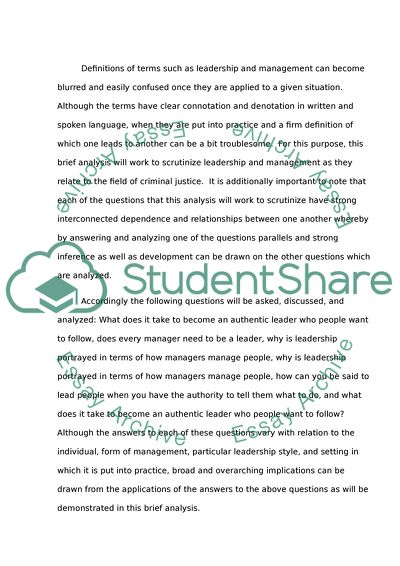Cite this document
(“Leadership in the Field of Criminal Justice Term Paper”, n.d.)
Leadership in the Field of Criminal Justice Term Paper. Retrieved from https://studentshare.org/law/1604549-leadership-in-the-field-of-criminal-justice
Leadership in the Field of Criminal Justice Term Paper. Retrieved from https://studentshare.org/law/1604549-leadership-in-the-field-of-criminal-justice
(Leadership in the Field of Criminal Justice Term Paper)
Leadership in the Field of Criminal Justice Term Paper. https://studentshare.org/law/1604549-leadership-in-the-field-of-criminal-justice.
Leadership in the Field of Criminal Justice Term Paper. https://studentshare.org/law/1604549-leadership-in-the-field-of-criminal-justice.
“Leadership in the Field of Criminal Justice Term Paper”, n.d. https://studentshare.org/law/1604549-leadership-in-the-field-of-criminal-justice.


